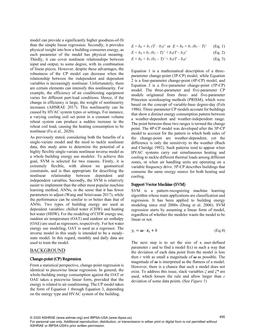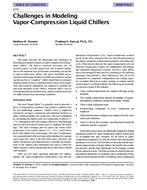Click here to purchase
Inaccuracy in classical forward energy modeling often occurs. In this study, an inverse data-driven approach is followed by applying machine learning to building energy prediction at the national level. The objectives are to: 1) develop a data-driven model for post-occupancy energy use prediction, 2) inform future efforts on targeting effective data inputs and machine learning techniques. Commercial Buildings Energy Consumption Survey (CBECS) dataset from Energy Information Administration (EIA) was used to build the model. Machine learning algorithms such as Gradient Boosting, Linear Regression, and Random Forest Tree, etc. were applied and evaluated. Benchmarking datasets from New York City (NYC) and Chicago were used to validate the model performance on local buildings and future energy use. The result shows in general Gradient Boosting has better performance compared to other algorithms. A data-driven model with 54 building features was established, by targeting the most important features of the envelope, building system, internal use, energy resource, and post-occupancy maintenance. The accuracy of raw NYC benchmarking dataset is then assessed. Finally, the potentials and limitations of applying data-driven approach with machine learning to building energy use prediction are discussed.
Citation: 2020 Winter Conference, Orlando, FL Conference Papers
Product Details
- Published:
- 2020
- Number of Pages:
- 9
- Units of Measure:
- Dual
- File Size:
- 1 file , 1.3 MB
- Product Code(s):
- D-OR-20-C049


